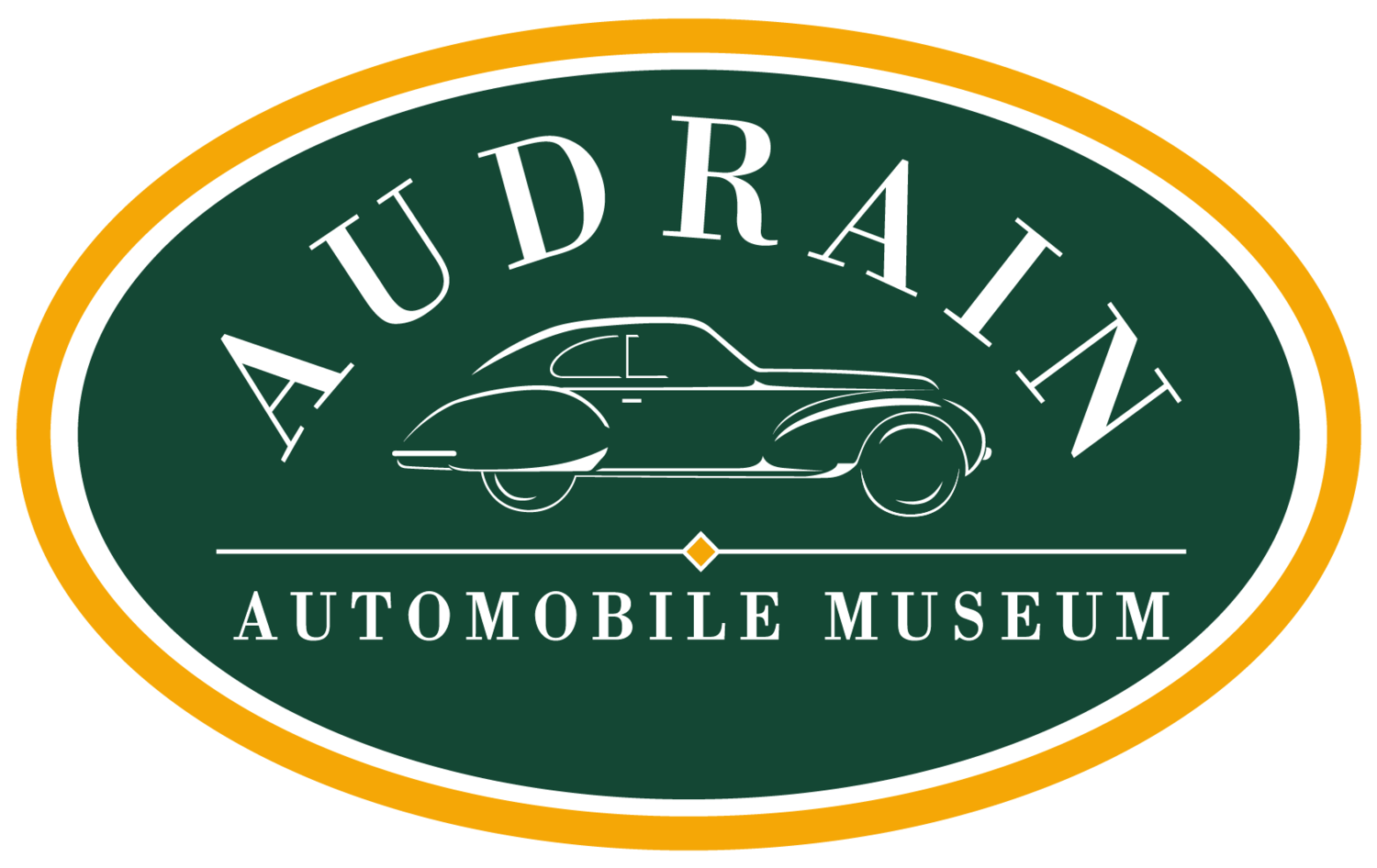1972 Porsche 911 Carrera RSR




Made after FIA changed regulations for 1972
Bigger 2.8L engine allowed for more power to be made
Continued the success that 911 had before the new regulations
This car was built as a tribute using all the original factory RSR parts by Kevin Jeannette’s team at Gunnar Racing in West Palm Beach, Florida, the largest Porsche racing and restoration facility behind Porsche Classic factory restoration.
The 1972 Porsche 911 Carrera RSR was made specifically for racing. RSR stands for Rennsport Rennwagon or Racing sport racing car translated. The RSR was created early in Porsche’s transition from rallying to circuit. When new regulations were put into place, Porsche had to create something that would compete and comply with the new regulations.
In 1972, the FIA effectively pushed Porsche’s fearsome, Le Mans-winning 917 prototypes off the stage by limiting engine displacement to three liters. The company had to fall back on its bread-and-butter production cars to compete in the World Championship for Makes.
The 2.4-liter 911 S was not deemed strong enough for competition, so Porsche decided to upgrade to a 2.7-liter engine, larger wheels and body modifications to match– including flared rear quarter-panels and an intriguing rear spoiler that became known as the infamous “ducktail.” The ducktail made it so that the RSR would be able to handle properly. Specifically, it added around 100 pounds of down force to the rear end of the car that would get loose in the high-speed corners of tracks.
In late 1972, the 2.7 RS won the Corsica Rallye. In 1973 it won the 24 hours of Daytona. It later raced in the prototype classes for 3.0-liter engines and modified suspensions. In May of 1973, the RSR claimed third at Targa Florio. And, in June it won the GT class at Le Mans and claimed fourth overall with an average lap time of 4 minutes and 20 seconds.
The interior of the RSR is reminiscent of a race car. With bucket seats, 5-point harnesses, anti-roll bars, and no air conditioning from the factory. Many people later put in after-market air conditioning and stereos. However, with the vision in mind to save as much weight as possible, the RSR did not come standard with these accoutrements.
The new model, branded the Carrera RS, was duly homologated with the construction of 500 examples to meet the new class rules. These would serve as the basis for even more potent versions as the ferocious Group 5 2.8 and 3.0 RSRs would come to dominate GT racing.
In total, 1,590 examples were built (including “Homologation,” or “H” cars), thus, enough to qualify the model for Group 3, standard GT production cars.
Specifications:
Engine: 2.8L Air-cooled naturally aspirated flat 6-cylinder
Transmission: 5-speed manual
Power 308 hp @ 8000 rpm / 214 lb-ft @ 6300 rpm
Speed: 150 mph (Top) / 0-60 mph 5.0 sec
Curb Weight: 1852 lbs

